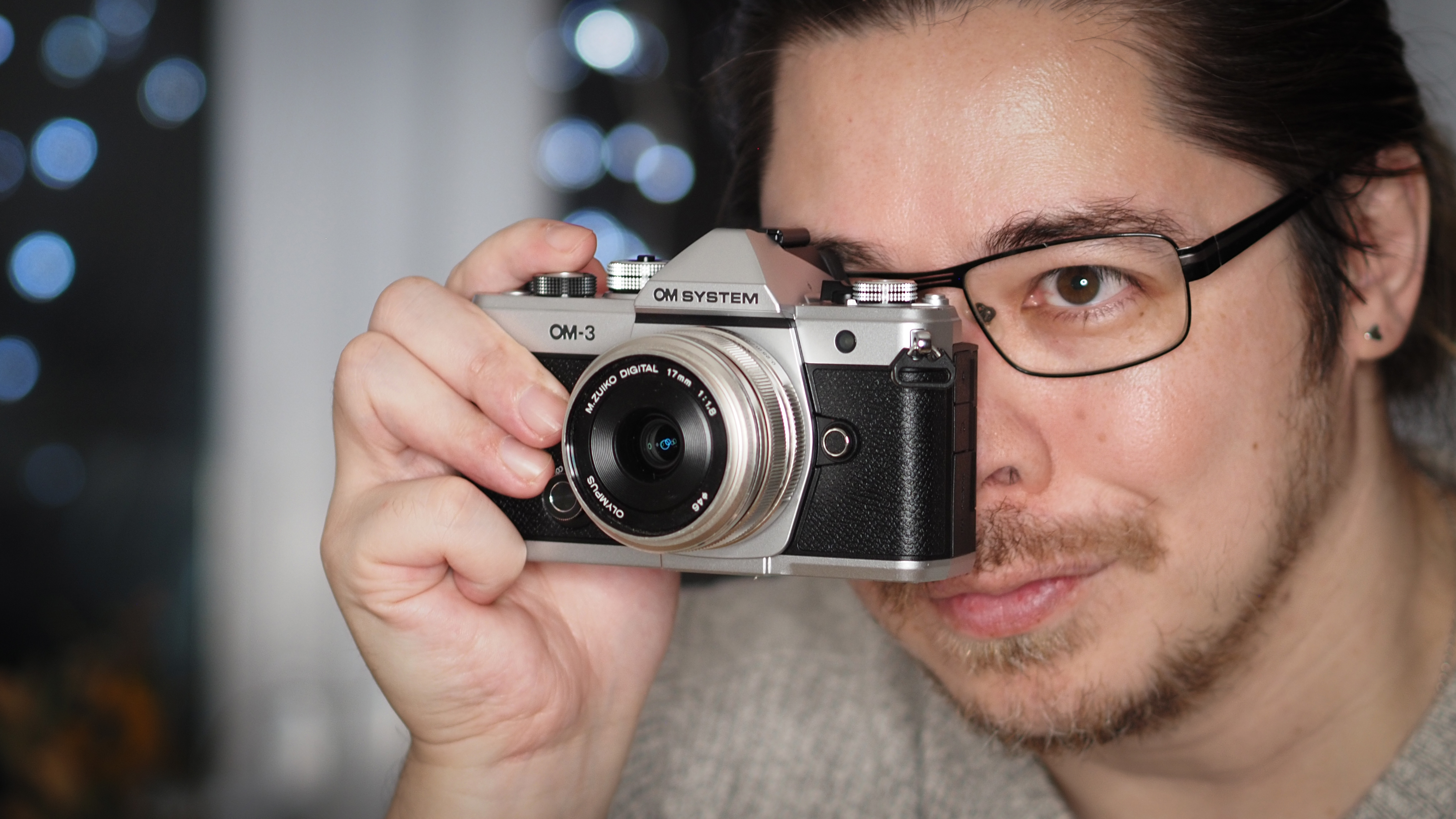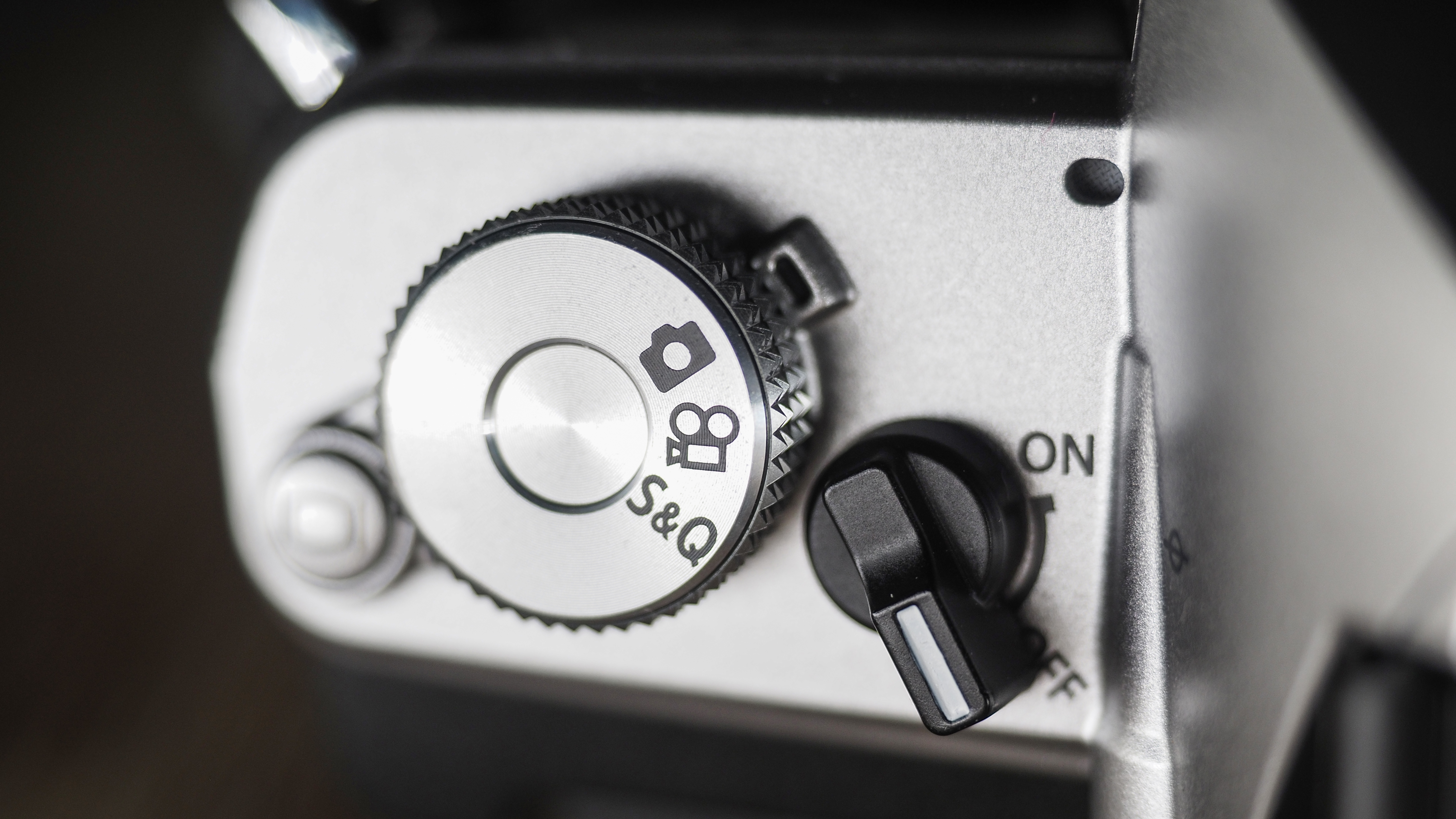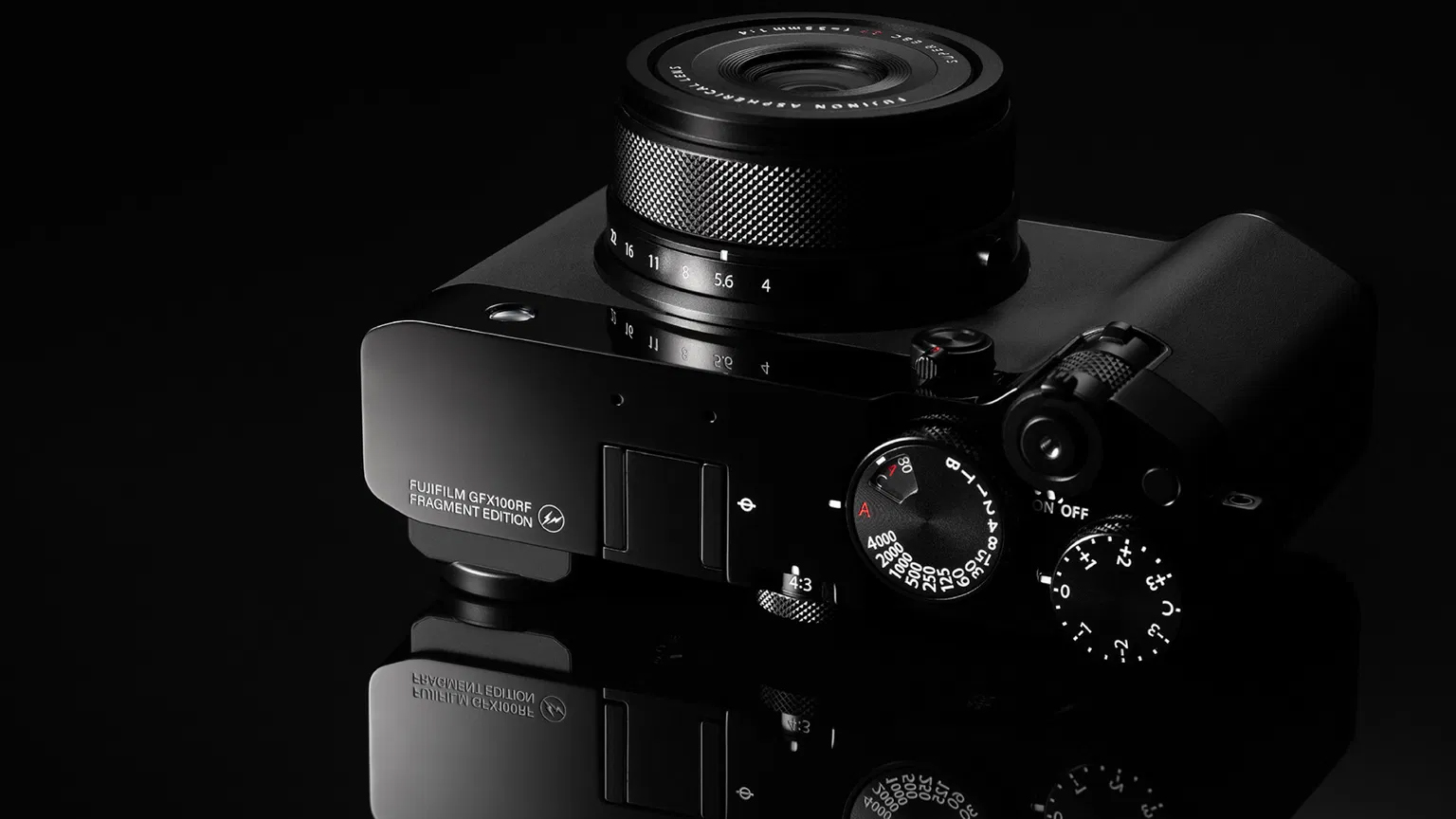OM System has used 20MP sensors for years, but is a new high-res version coming? I sat down with OM execs to ask my biggest questions on sensor development
OM System says the "evolution of a new image sensor is an ongoing effort"
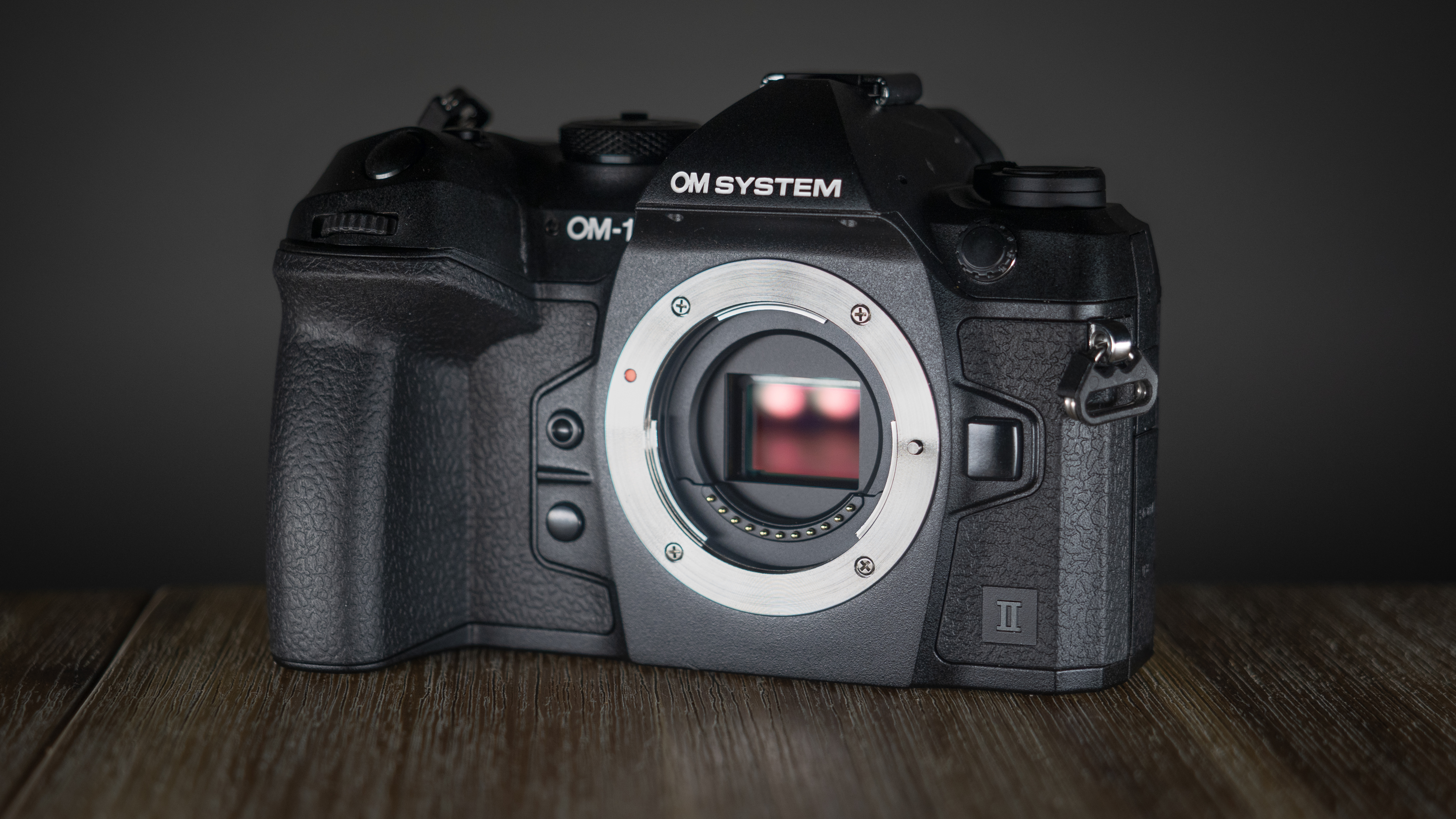
Across its entire mirrorless line, every current OM System camera from the budget-friendly to the flagship has one thing in common: a 20MP Micro Four Thirds sensor. But is OM System about to stretch beyond the 20MP resolution the company has used since 2016?
I sat down with four OM System executives at the B&H Bild Expo, and chief among my list of questions was that 20MP sensor. OM says it is continuously working on new sensor development. “The development and evolution of a new image sensor is an ongoing effort,” Eiji Shirota, Head of Business at OM System, told me.
The company couldn’t share details about ongoing development, other than that new sensor development is ongoing. But Shirota explained why the company has stuck with a similar resolution for nearly a decade. “At present, we believe that 20MP sensor is the most suitable for OM System philosophy and our system optimization.
“In particular, our sensors feature high-speed readout, enabling computational photography and minimizing rolling distortion in electronic shutters. We place importance on the overall performance balance as something that cannot be measured by pixel count alone.”
OM System, formerly Olympus, has stuck with a 20MP sensor on its mirrorless launches since 2016. While there are now two variants of that sensor – the original Live MOS found now on the OM-5 Mark II and a 20MP stacked BSI Live MOS sensor on the likes of the OM-1 Mark II and OM-3 – OM System hasn’t strayed beyond the 20MP range.
Fitting more pixels on a Micro Four Thirds sensor tends to be more challenging than fitting more pixels onto a larger full-frame one. Smaller sensors are quick to gain more noise at high ISOs with high resolutions, for example.
High-resolution Micro Four Third sensors aren’t impossible, however – Panasonic now offers 25MP on the Lumix GH6 and Lumix G9 II, while drone giant DJI even has a 100MP Micro Four Thirds sensor on the Mavic 4 Pro.
The best camera deals, reviews, product advice, and unmissable photography news, direct to your inbox!
Still, higher resolutions tend to slow down a camera’s performance. And OM System wants to position itself as the capable, compact outdoor camera system – a strategy that I suspect is working. During a press event for the launch of the new OM System OM-5 Mark II, the company said that more than 60% of OM-5 users in North America were new to the brand.
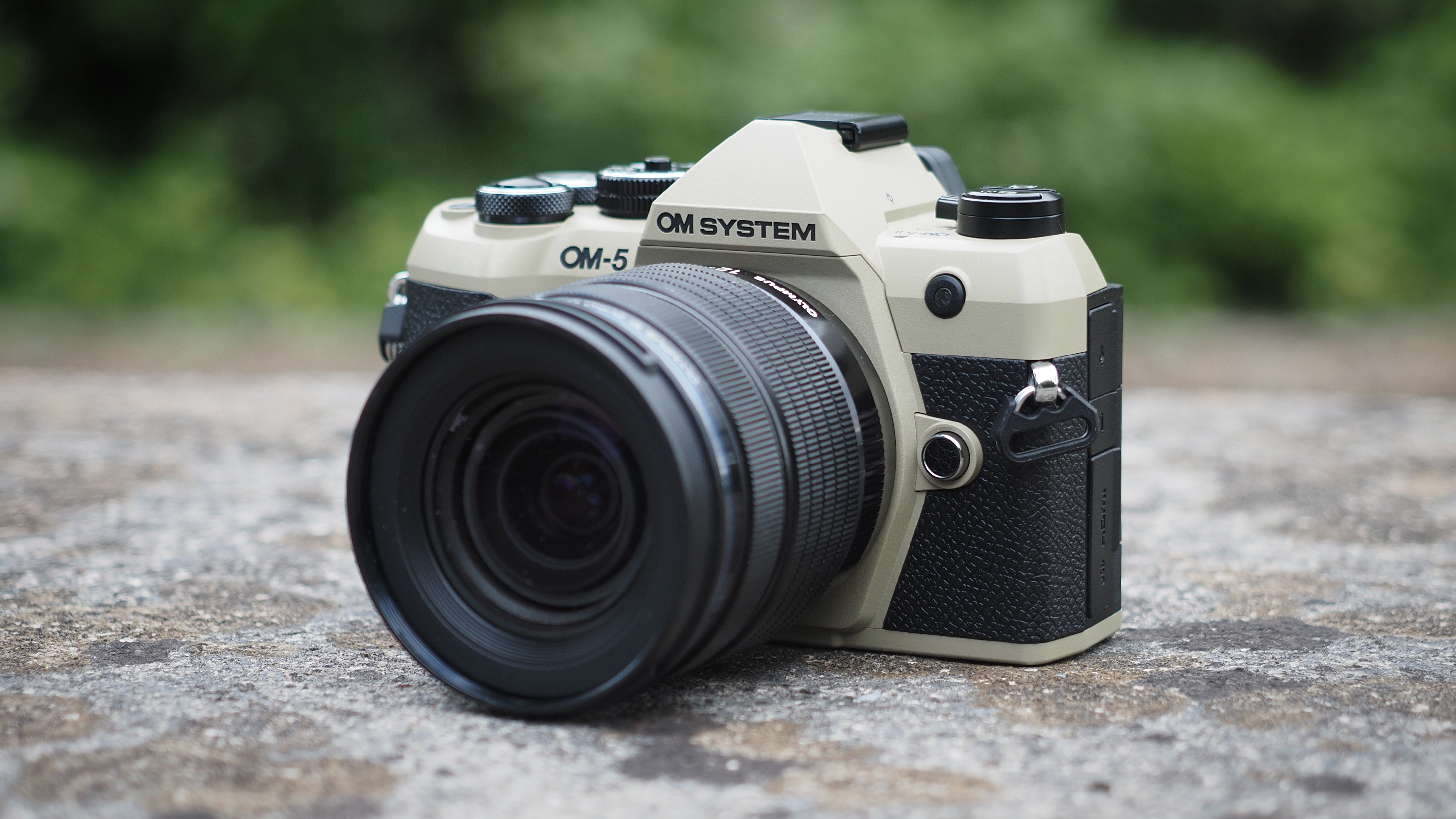
“We often heard 20 megapixels, not enough. But actually, our customer base is getting bigger and bigger and bigger,” said Naohiro Yamaguchi, executive director of US sales and marketing for OM System.
“So that's why I say that some people are looking for that kind of camera. And what we need to do is we need to reach those people who are looking for that kind of camera.”
One of OM System’s strategies for getting the most performance from a 20MP Micro Four Thirds sensor is computational photography, including a High Res Shot Mode.
This creates 80MP shots by employing the camera’s stabilization system to pixel-shift the sensor and merge multiple images together in-camera for a higher resolution shot. Impressively, this mode still captures 14-bit RAW files on the OM-1 Mark II.
“While we believe the hardware improvements are important, we also consider advancements in computational photography and AI to be crucial for enhancing the users' and shooting experience features such as Live ND, Handheld High Res Shot, and AI Subject Detection AF which provide shooting experiences that cannot be achieved by sensor performance alone,” Shirota said.
The High Res Shooting computational mode isn’t workable for every type of shot. Motion distorts when the camera takes multiple photos to merge together, so it’s an option best reserved for stationary subjects. The camera then also needs more time both to take multiple photos and to save that large file.
That leads to another reason OM System has stuck with the same resolution for so long: it works, and the brand knows that it works. “Plateauing is something we can see throughout the whole industry,” said Sandro Rymann, OM System head of business for EMEA (Europe, Middle East, Asia) and Americas.
“If you look at the newest launches from other brands, there's not a lot of new technology going on. Everybody's kind of plateauing a little bit. We always want to bring something completely new when we can do it the right way, and we know that [the sensor is] really functioning very, very well.
“And before we can ensure that, we would rather stick to a concept that works and provides the best experience for our consumers.”
Larger resolution sensors come with challenges – too much detail can be unflattering for skin in portraits, high-resolution sensors need lenses with high resolving power, and they also need high-speed processors to go with them. For OM System, 20MP is a sweet spot with just enough detail without overly large files and slow cameras.
But, as technology continues to advance – and high-resolution screens become more commonplace – OM System will likely need to move beyond that 20MP sensor. The company makes it clear that sensor development is ongoing. The biggest remaining question is how long it will take to develop something completely new “and do it the right way.”
You may also like
Browse the best Micro Four Thirds cameras or the best Micro Four Thirds lenses.

With more than a decade of experience writing about cameras and technology, Hillary K. Grigonis leads the US coverage for Digital Camera World. Her work has appeared in Business Insider, Digital Trends, Pocket-lint, Rangefinder, The Phoblographer, and more. Her wedding and portrait photography favors a journalistic style. She’s a former Nikon shooter and a current Fujifilm user, but has tested a wide range of cameras and lenses across multiple brands. Hillary is also a licensed drone pilot.
You must confirm your public display name before commenting
Please logout and then login again, you will then be prompted to enter your display name.
